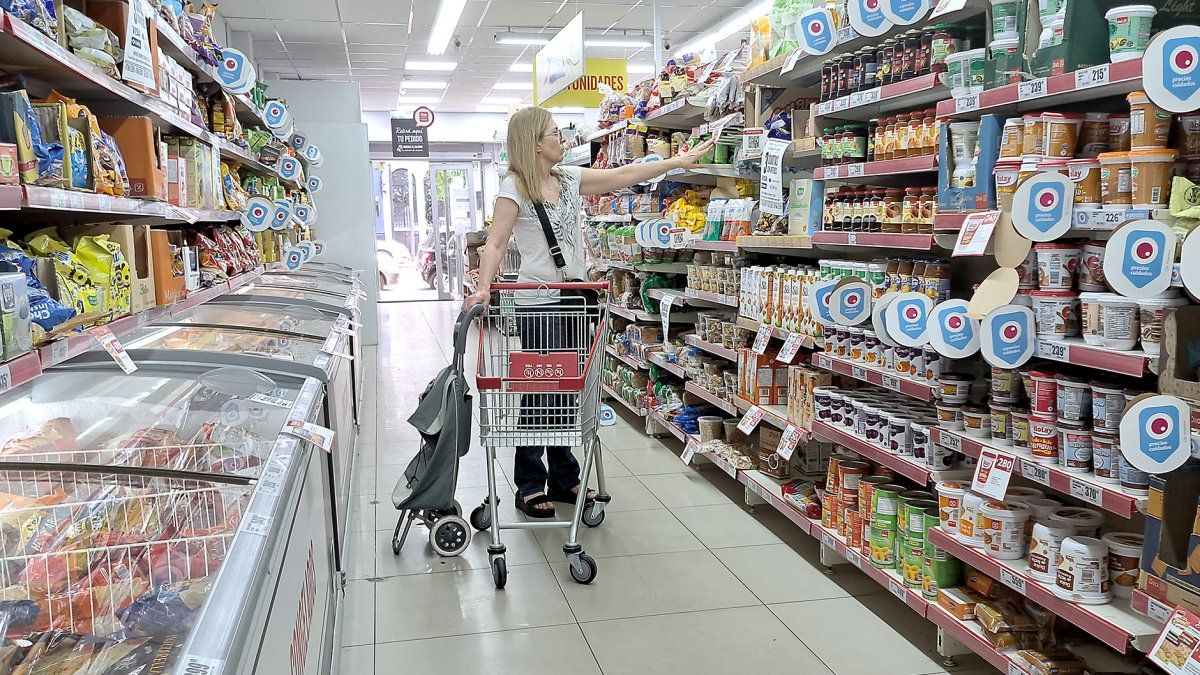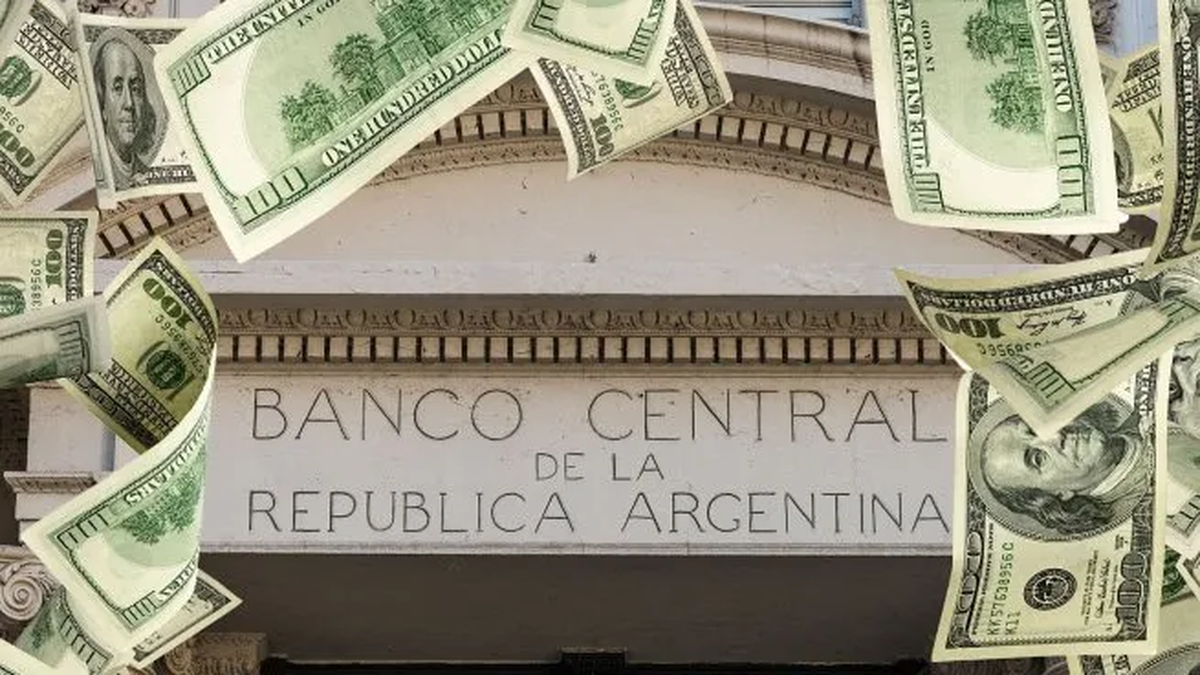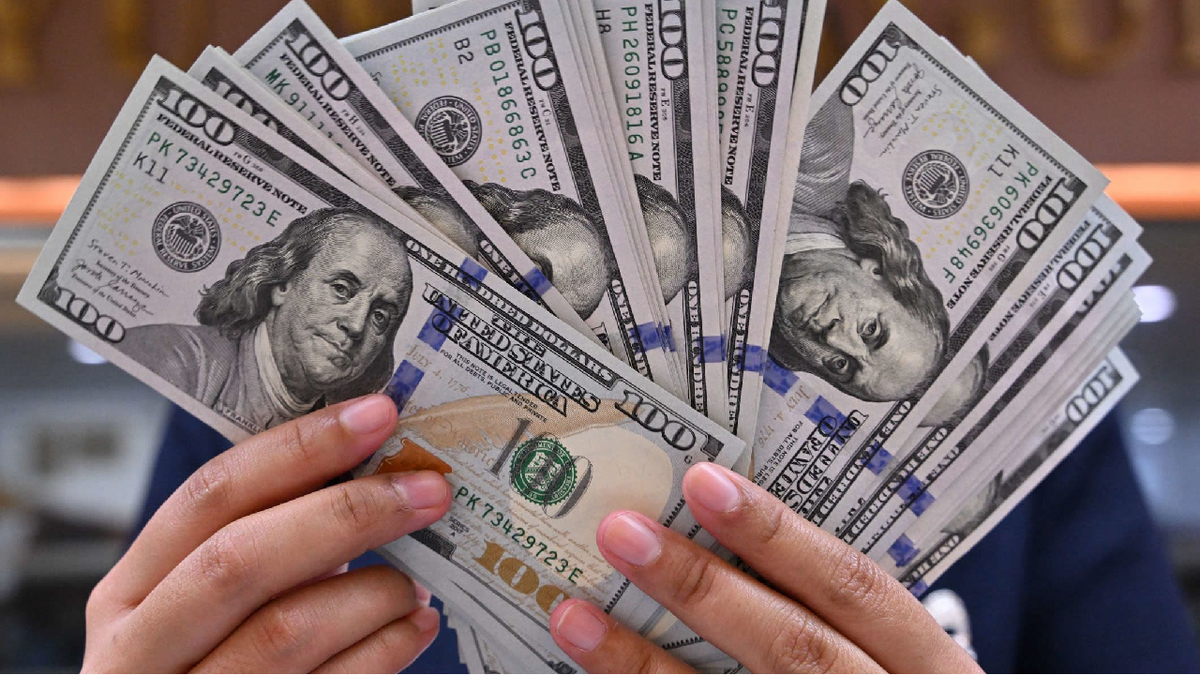For their part, the “Food and non-alcoholic beverages” (6.8%), was what most affected the rise in the general index. “Within the division, the rise in the seasonal prices of Fruits and Vegetables, tubers and legumes stood out. At the same time, although with a lower rise than the previous ones, the incidence of Bread and cereals and Meat and derivatives stood out”, indicated INDEC.
After the January jump, Private projections show that inflation will hardly break 5% in February. New increases in regulated items, added to a marked increase in food (driven by meat), add pressure to the CPI.
Inflation inflation Dairy Dairy CPI Super Prices
They highlight that inflation is unlikely to pierce 5% in February
Mariano Fuchila
For example, according to the survey of retail prices carried out by the C&T consultancy for the GBA, “In February, food inflation is rising sharply, with meat playing a leading role.” “On the contrary, the items linked to tourism lose some dynamism because February is less seasonally important. Thus, February inflation would be around 5.5% per month”, they detailed from the firm and added that, depending on what happens with the meat in the second part of the month, the data may even be located above that projection.
In the same line, Damián Di Pace, director of the Focus Market consultancy, pointed out: “Inflation doesn’t have much chance of slowing down in February. Basically, because the increases in February are still important, especially in regulated: there are increases in electricity and water rates; telephone, cable and internet; added to the increases already scheduled for fuel, and prepaid”.
“I would not see inflation slow down in February, I think it can stay between 5% and 6%. Which leaves the government’s goal of reaching 3% in the coming months far away,” Di Pace explained to Ámbito.
For his part, Agustín Etchebarne, director of the Libertad y Progreso Foundation, analyzed what can be expected both for this month and for the next: “February started with high food inflation: the first week it had a weekly rise of 3.5%, and the second week it moderated, but remained at high levels. Looking ahead to March, education-related expenses begin, with figures that in some cases (such as school supplies) show increases of 130% year-on-year. So, without resolving the underlying problems, without structural reforms, we cannot expect inflation to be below or close to 100% annually during 2023.”
Price pressure
When analyzing the factors that could push inflation upwards in February, CEPA highlighted that, in the food and beverages category, “in the first half of February, the data on beef indicate that the increase in butcher shops was close to 29% and in supermarkets it reached 7.3%, which will mean a significant impact on inflation in February (it is possible that only bovine meat contributes close to 2 points to the CPI)”.
“To deal with this situation, The government announced a series of measures linked to the sale of leather, improving the supply of animals, returns of 10% of the purchase value to consumers and tax benefits for butcher shops. Also, the effect of the program Fair Priceswith a new agreement, with more products and less authorized increase -3.2%-, will depend on the ability to overcome the aforementioned resistance”, they remarked from CEPA.
There will also be increases in prepaid. “With the new update formula, in February there will be increases of 4.91% or 8.21% depending on the income declared by the affiliate, while, in March, the increase will be 5.04% or 7.66%” , they pointed out from the CEPA.
Meanwhile, from LCG they indicated that the survey of food prices carried out by the firm “reflected a 6% monthly increase” in the first week of February, adding the seventh week in a row in acceleration.
“The renewed push in the price of meat and the seasonality of fruits and vegetables will put more pressure during this month. In contrast, it will be necessary to see the effect that the renewal of the Fair Prices program may have, which imposed an average increase of 3.2% per month vs. 4% in the previous version”, they added.
“At the same time, there will be increases in regulated productsalthough they would slow down by around 3 pp compared to January (fuels 4%, prepaid 6.6% and telephony 10% in February), but it will continue to add some degrees of pressure to inflation”, they stressed from LCG.
“In sum, At the moment we expect inflation in 2023 to remain around 95% per yearsubject to the joint agreements that are signed, where the Government has already expressed its intention that wages be adjusted by 60% in the year, although we are not optimistic that it will manage to do so at such meager levels ”, they concluded from the consultant.
Source: Ambito




